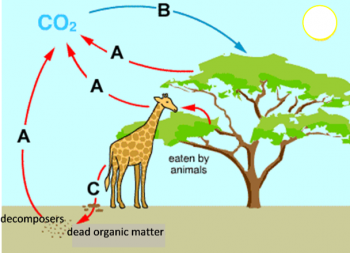 In this analysis and discussion activity, students learn why the biosphere requires a continuous inflow of energy, but does not need an inflow of carbon atoms. Students analyze how the process of photosynthesis illustrates the general principles of conservation of matter and the second Law of Thermodynamics.
In this analysis and discussion activity, students learn why the biosphere requires a continuous inflow of energy, but does not need an inflow of carbon atoms. Students analyze how the process of photosynthesis illustrates the general principles of conservation of matter and the second Law of Thermodynamics.
Then, students analyze how carbon cycles and energy flow through ecosystems result from photosynthesis, biosynthesis, cellular respiration, and the trophic relationships in food webs. Thus, students learn how important ecological phenomena result from processes at the molecular, cellular and organismal levels.

 © Serendip® 1994 - All rights reserved. Privacy Policy
© Serendip® 1994 - All rights reserved. Privacy Policy
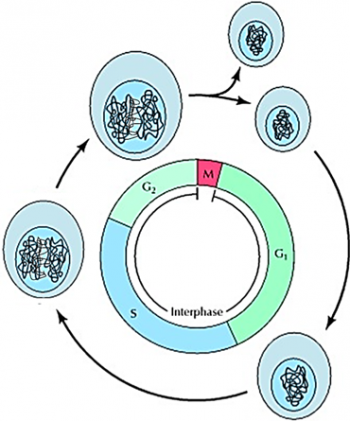
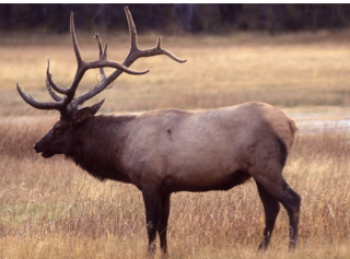 To begin, students view a video about the trophic cascade that resulted when wolves were reintroduced to Yellowstone. Next, students learn about food chains and food webs. They construct and analyze a food web for Yellowstone National Park. Finally, students use what they have learned to better understand the trophic cascade caused by the return of wolves to Yellowstone.
To begin, students view a video about the trophic cascade that resulted when wolves were reintroduced to Yellowstone. Next, students learn about food chains and food webs. They construct and analyze a food web for Yellowstone National Park. Finally, students use what they have learned to better understand the trophic cascade caused by the return of wolves to Yellowstone. In this analysis and discussion activity, students learn why the biosphere requires a continuous inflow of energy, but does not need an inflow of carbon atoms. Students analyze how the process of photosynthesis illustrates the general principles of conservation of matter and the second Law of Thermodynamics.
In this analysis and discussion activity, students learn why the biosphere requires a continuous inflow of energy, but does not need an inflow of carbon atoms. Students analyze how the process of photosynthesis illustrates the general principles of conservation of matter and the second Law of Thermodynamics.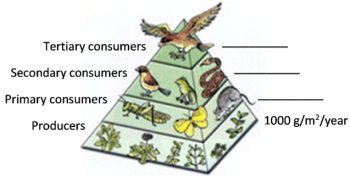
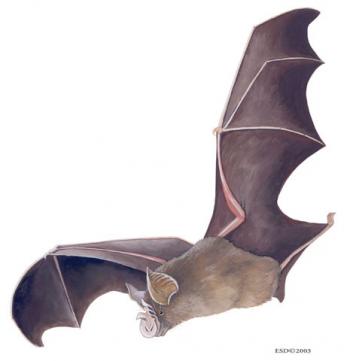

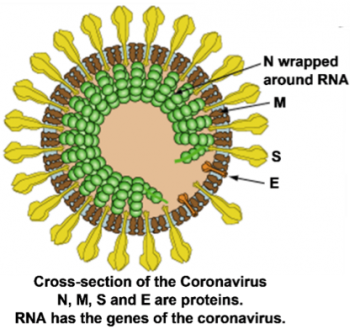
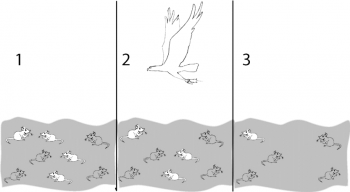
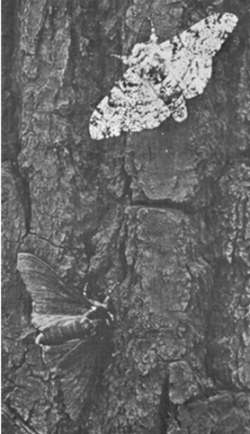 In this minds-on analysis and discussion activity, students interpret evidence concerning natural selection in the peppered moth.
In this minds-on analysis and discussion activity, students interpret evidence concerning natural selection in the peppered moth.